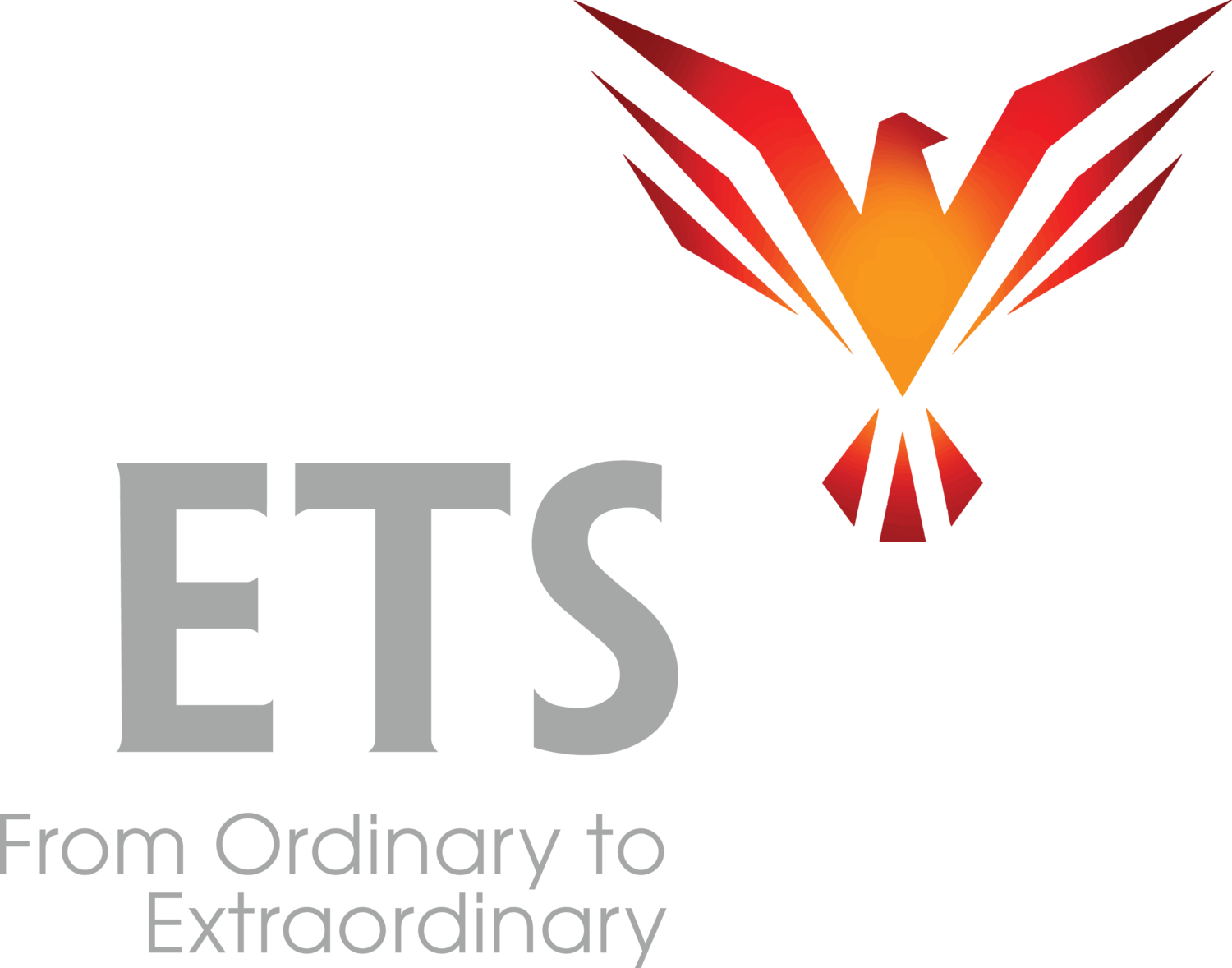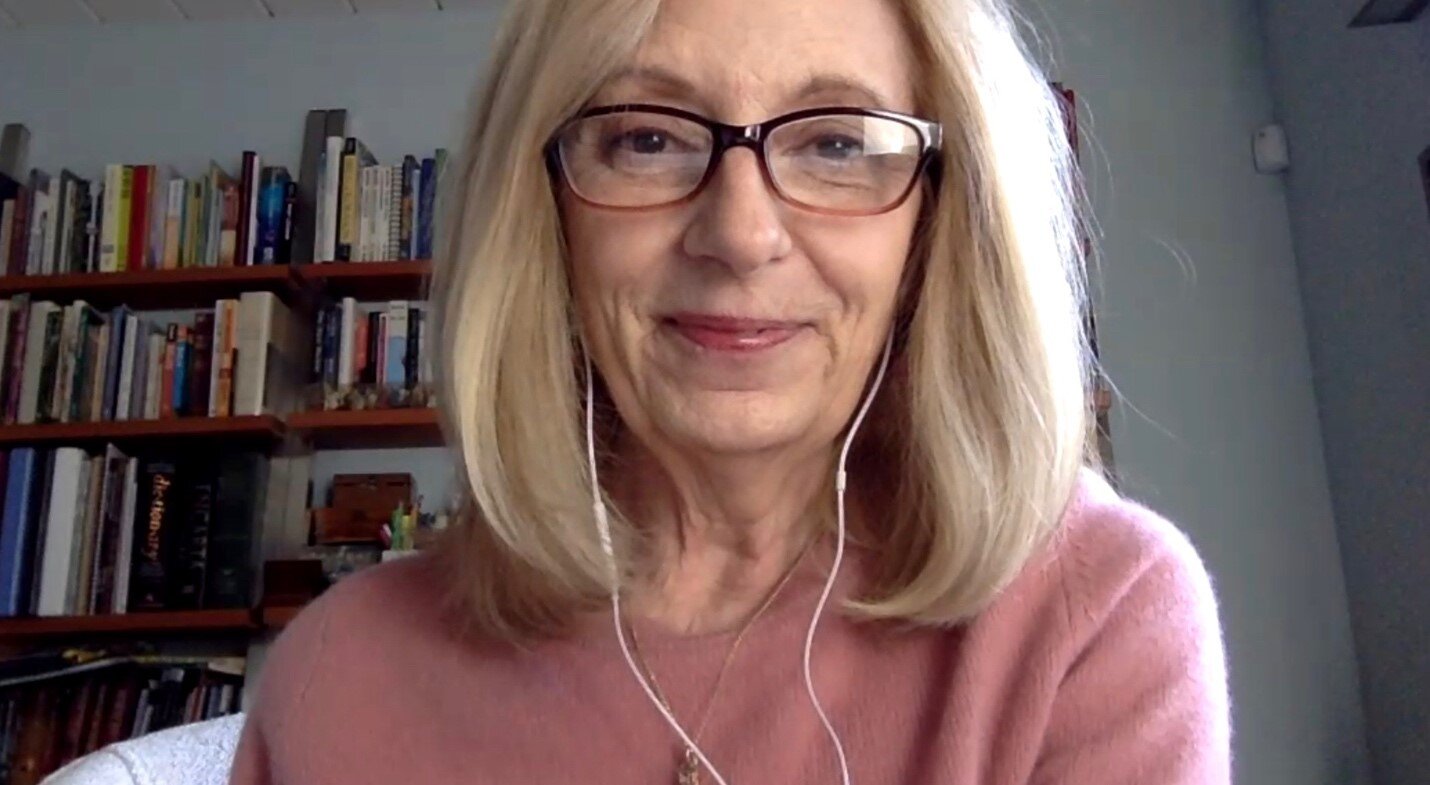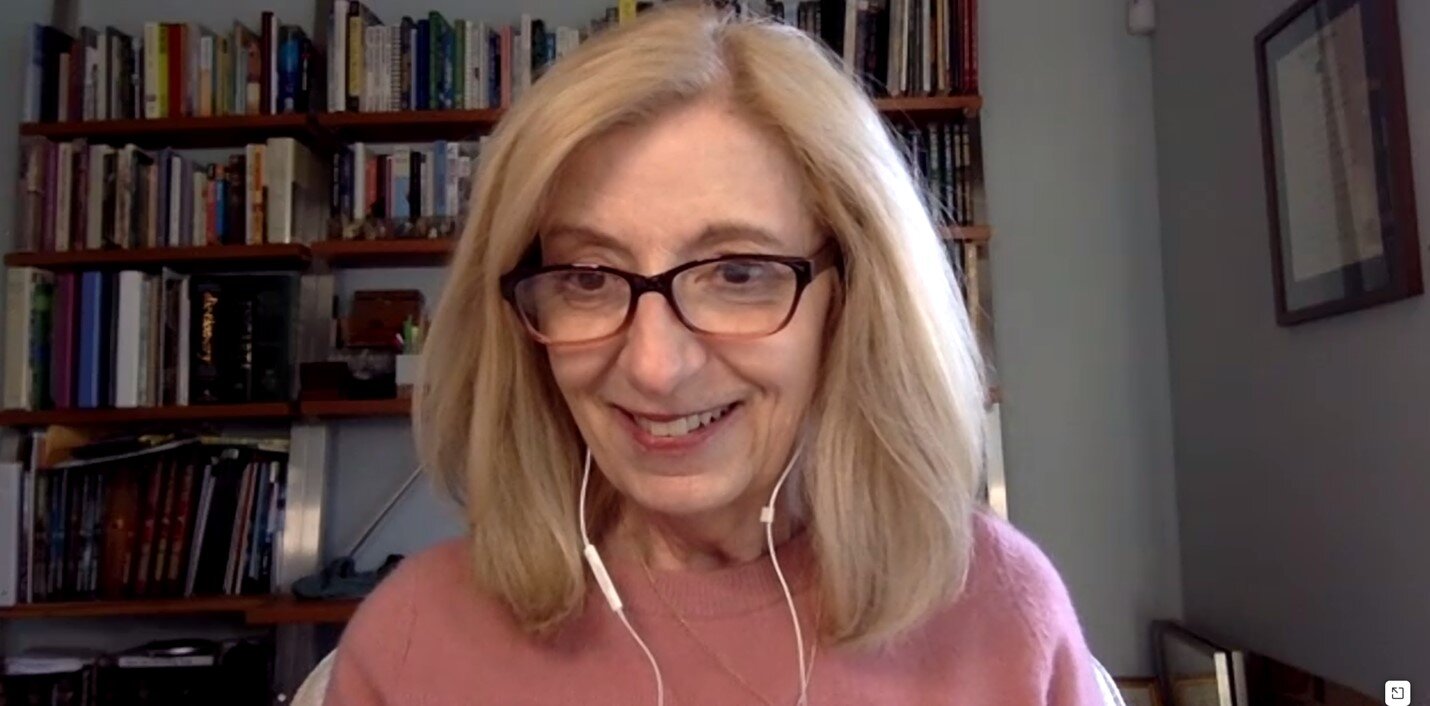I received a tremendous number of emails in response to my last article, many people tremendously grateful for a way to rebuild relationships that are being destroyed by today’s politics. Many asked for a link so they can post on their social media and I want to also provide that here for you
I’ll be writing more about this topic next week as we are on the cusp of Thanksgiving, our deeply cherished and joyous celebration of family, love, and way too much food. How do we create the great emotional, spiritual and physical satisfaction we crave during this crazy time?
For this week, I want to address a lighter topic: your camera presence.
Camera presence is how you show up for your conversations, meetings and presentations when you’re virtual.
You want to make the people you’re talking to feel like you’re right there with them. You want all the technology to melt away to create a feeling of closeness. And you want them to react warmly toward you the moment they see you.
Camera presence is a subject where small things make a big difference. Here are some of the key mistakes people make. I’ll show you with photos of Janet, our wonderful Lead Trainer. See if any of these photos look like you.
Camera angle is important. This is the most frequent mistake I see. Your camera lens needs to be on a straight horizontal line directly across from your eyes. Most people are looking DOWN at their laptop. This makes you look like you’re looking down at me. HOT TIP: We should NEVER see your ceiling. Looking up isn’t any better. You need to be looking directly across into the lens. This means putting your laptop on a laptop stand (or a bunch of books, or a box, etc) and making sure the lens is HIGH enough to be horizontally across from your eyes.
2. In Hollywood the stars know that lighting is everything. Most people are in the dark. They don’t know what ENOUGH light looks like. The light needs to be in FRONT of you. It needs to light up your face. It needs to not reflect in your glasses. See how COLD Janet looks when she’s in the dark.
3. Some people are so thoroughly in the dark, they look like they’re in the Witness Protection Program. This is mainly because the source of light is behind them (usually a window) and they have no light in front of them.
4. This is better, but many people make the mistake of lighting only half their face (usually because there’s a window on one side), while the other side of their face is dark. This does not bring out the best in you.
5. Here the lighting is good, but Janet is sitting too far away. Look at all that dead, empty space over her head and around her. Whatever she says to you will not be as impactful as it would be if she were filling the screen. You don’t feel close to her. You should fill the screen.
6. Fill the screen, but not at a weird angle – the top of her head is chopped off.
7. This is what you look like when you are looking at the other person’s video on the screen during the conversation. If you’re talking while looking at my video, it looks like you’re talking to my knee. Not impactful, not powerful, not effective. I know, I know, I know – YOU feel comfortable looking at the video and you don’t feel comfortable looking into the camera lens. I totally understand. But this is how you LOOK when you feel comfortable. Not good. You need to get comfortable looking into the lens while you’re talking. If you have any difficulty doing that, sign up for Mastering Virtual Presentations and I’ll teach you how to do it. This makes a HUGE difference in how effective you’ll be. I have a great knee, but it doesn’t deserve all that attention. :)
8. This is what you look like when you are looking at the camera LIGHT. You need to look at the camera LENS – NOT the light. Yes, this is better than looking like you’re talking to my knee – but now it looks like you’re talking to my left ear. Eye contact is king when it comes to human relationships and the camera lens is their eyes.
9. Here Janet is off-center. You need to be in the center of the frame for the most powerful and effective communication.
10. Here we go! The camera angle and lighting are terrific. Look how good she looks with her face fully lit up! Compare to the darker photos above and you’ll see what I mean. She’s centered and close enough to fill the screen. Looking straight into the camera lens, she looks like she’s looking straight at you. If she showed up for your meeting looking like this, what would be your first reaction? If you’re like most people, you’d like her right away. Her camera presence is great. And that sets the right foundation for excellent communication and a wonderful relationship.
Take a look through all these photos and see which person you most connect with. You can see the difference all these points make and adjust your camera presence accordingly so YOU create the best impression and relationship.
NOTE ABOUT LIGHTING: Lighting is SUPER important. You can get an inexpensive (less than $20) “Ring Light” that clips onto your laptop and a wide variety of others on Amazon. No, we don’t sell them, but you can easily find them with a search on Amazon. I and my team had to experiment with different lights until each of us found the right ones for us. Janet has a window on her left side (you can see it in the photo) and a ring light clipped to the laptop on her right side to light up the dark side. You need to light up your WHOLE face and make sure it is WELL LIT. This is important. For sure you won’t make it in Hollywood without it. :)
Please feel free to send me a screen shot of yourself and I’ll give you coaching tips on what you need to do to look fabulous on camera. I’ll do this with the first 25 screen shots I get.
Are you ready for your close-up?
Be the cause!





























